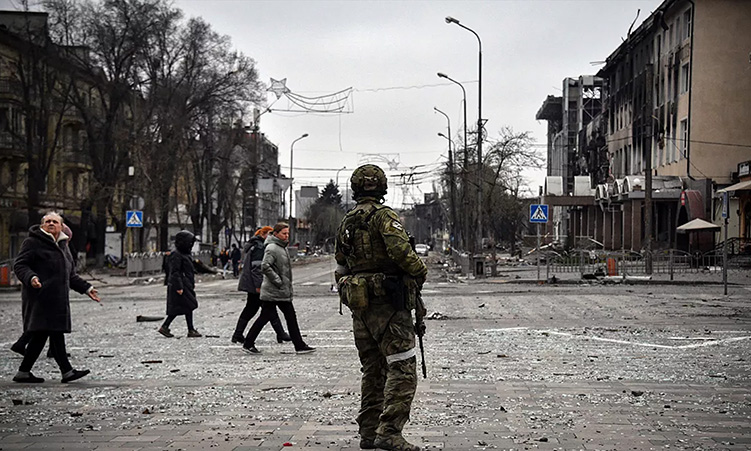With Namibia’s much-anticipated Independence Day celebrations on 21 March 1990, something was amiss.
What?
Walvis Bay and our off-shore islands were excluded, still controlled by colonial South Africa.
And so was part of the Orange River’s stretch of the about 600-kilometre border between Namibia and South Africa, which, in terms of international law, was supposed to belong to Namibia.
Namibians – especially those not clued up with our history – could benefit by becoming familiar with the names of the islands along our coast: Albatross, Pomona, Ichaboe, Hollamsbird, Blackrock, Mercury, Seal, Penguin, Halifax, Sinclair, Possession, Plumpudding and Long Island.
Namibian diplomats soon after independence received the nod from their central government principals to commence with talks about talks with South Africa on the thorny issue of the return of Walvis Bay to its rightful owners – the Namibian people.
These initial cautious deliberations led to a practical move by the Office of the Prime Minister under Hage Geingob with the appointment of Nangolo Mbumba as Namibia’s chief executive officer (CEO) in the Walvis Bay Joint Administrative Authority (JAA) in the last quarter of 1992.
The JAA was a body agreed to between South Africa and Namibia to steer the ultimate reintegration of the Walvis Bay enclave into Namibia.
Geingob appointed four technocrats as Mbumba’s advisers – advocate Sackey Akweenda (legal), Nick de Voss (administrative), Jason Angula (community affairs) and Joop Robberts (financial).
Mbumba’s South African counterpart, ambassador Carl von Hirschberg, was also assisted by four bureaucrats from South Africa, the most prominent being his legal adviser, advocate John Viall.
The JAA set up its first offices in the headquarters of the Walvis Bay municipality in early 1993.
Monthly executive committee meetings, most of them at Walvis Bay, but one which was held in Cape Town, followed where it was expected of the advisers on both sides of the aisle to take copious minutes and submit various reports – financial, legal, environmental, logistics, health, and infrastructure.
In addition to working with the local communities at Kuisebmond, Narraville and Walvis Bay town, the JAA also worked hand in glove with political leaders and technocrats in Windhoek to get their input re the JAA’s mission to eventually facilitate the return of our harbour to complete Namibia’s territorial independence.
Issues surrounding education, health, immigration, etc., as well as the Walvis Bay harbour and its assets, were discussed in full with all role-players.
Prominent Walvis residents (some who are no longer alive) who occasionally interacted with us at the JAA, were Nathaniel Maxuilili, Jack Brown, Manuel de Castro, Bryce Edwards, Sue Edwards, Willem Pronk, Buddie Bramwell, Jan Wilken, Eddie van Wyk, Paul Fisher, Derek Klazen, John Savva, Dirk van Rhyn, Eric and Toensie Mouton, Theresia and Frans Samaria, EP van Rooyen, Chris Kleinsmith, Wentworth Mouton, Luiz Bastos, Hafeni Ndemula, King Mandume – and many others.
Many Namibians will recall how South Africa’s diverse political formations, with the National Party of FW de Klerk and Nelson Mandela’s ANC the most prominent, gathered for the Codesa (Convention for a Democratic South Africa) talks to hammer out a democratic dispensation for a new, post-apartheid South Africa.
The Walvis Bay issue was put on the agenda by default.
On a coincidental date during these Codesa talks (16 August 1993 – Mbumba’s 52nd birthday) a resolution was adopted that required the National Party government of De Klerk to hand over Walvis Bay, its harbour and the off-shore islands to Namibia as a matter of urgency.
The two governments collaborate, put all the diplomatic, logistical, legal and administrative ducks in a row, and got ready for the official handover of Namibia’s most strategic enclave – almost four years after the 1990 Independence Day celebrations – on 28 February 1994.
Stay informed with The Namibian – your source for credible journalism. Get in-depth reporting and opinions for
only N$85 a month. Invest in journalism, invest in democracy –
Subscribe Now!










